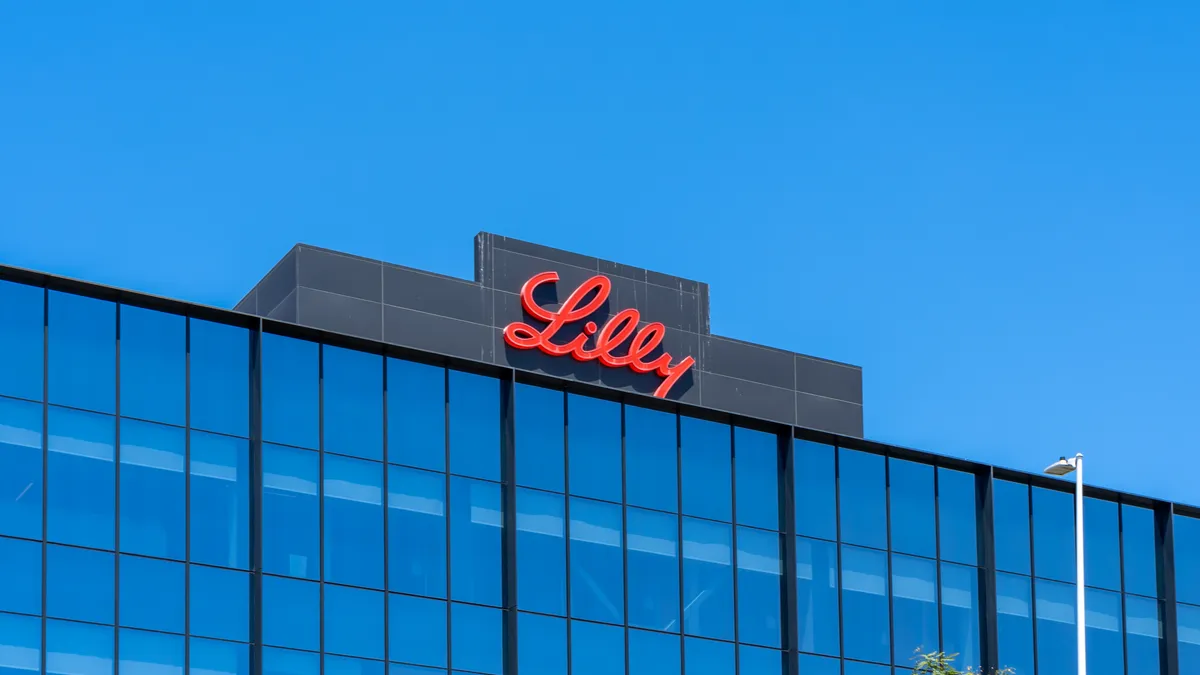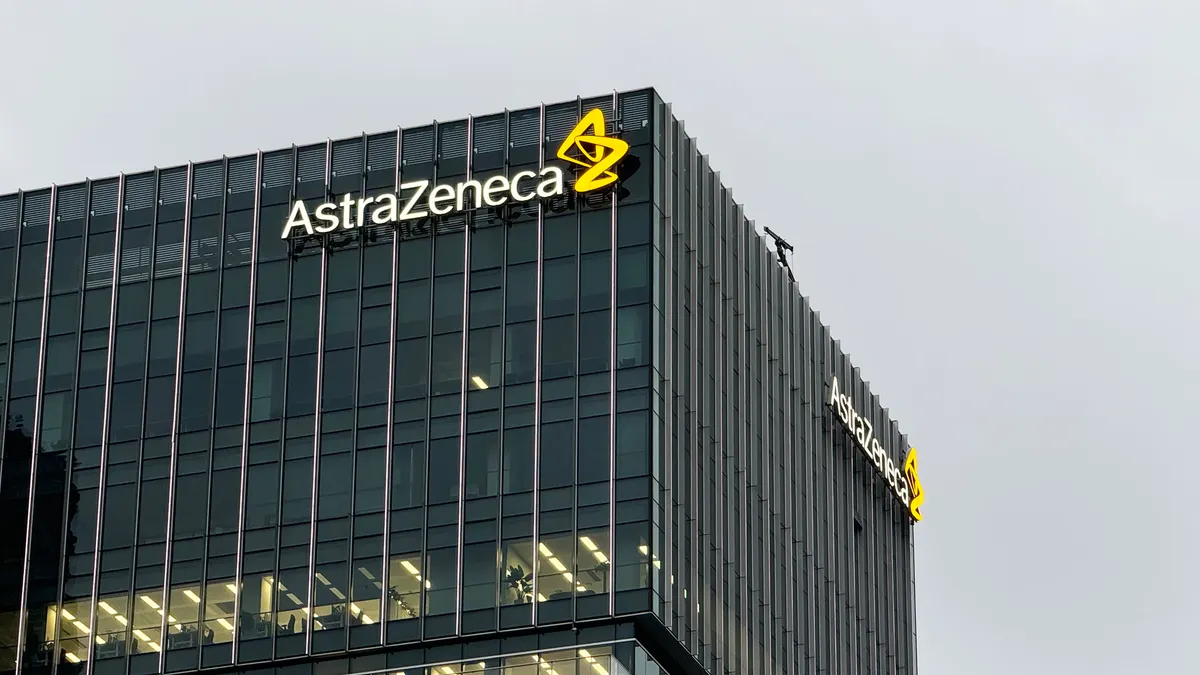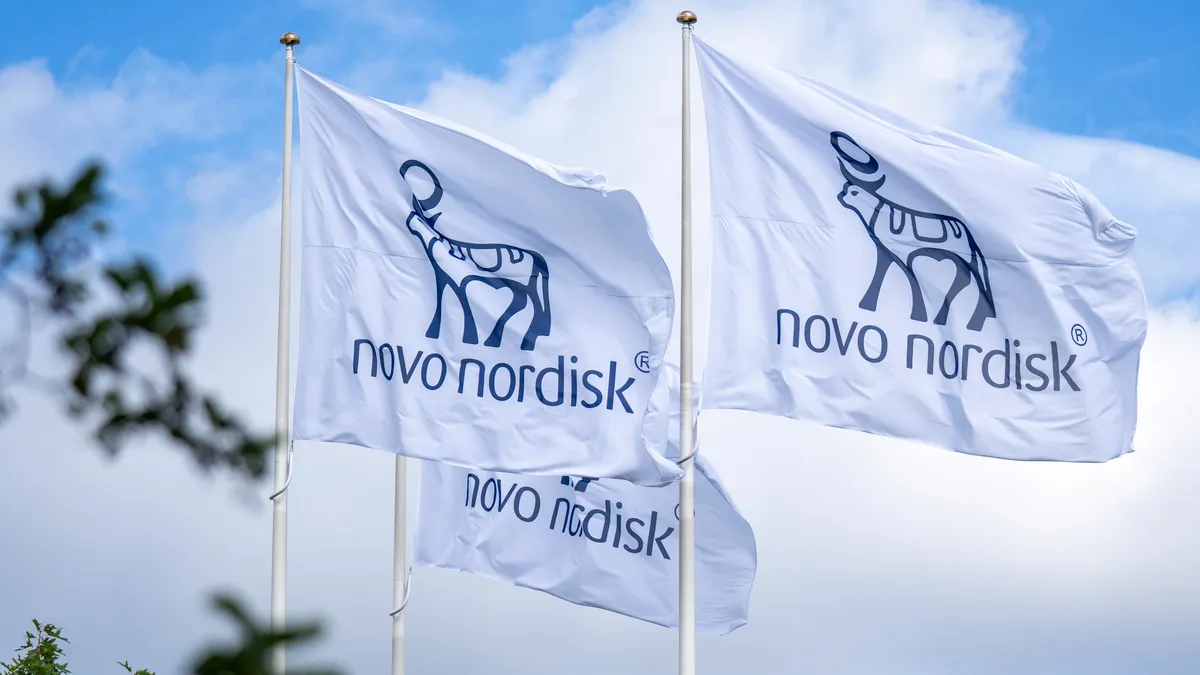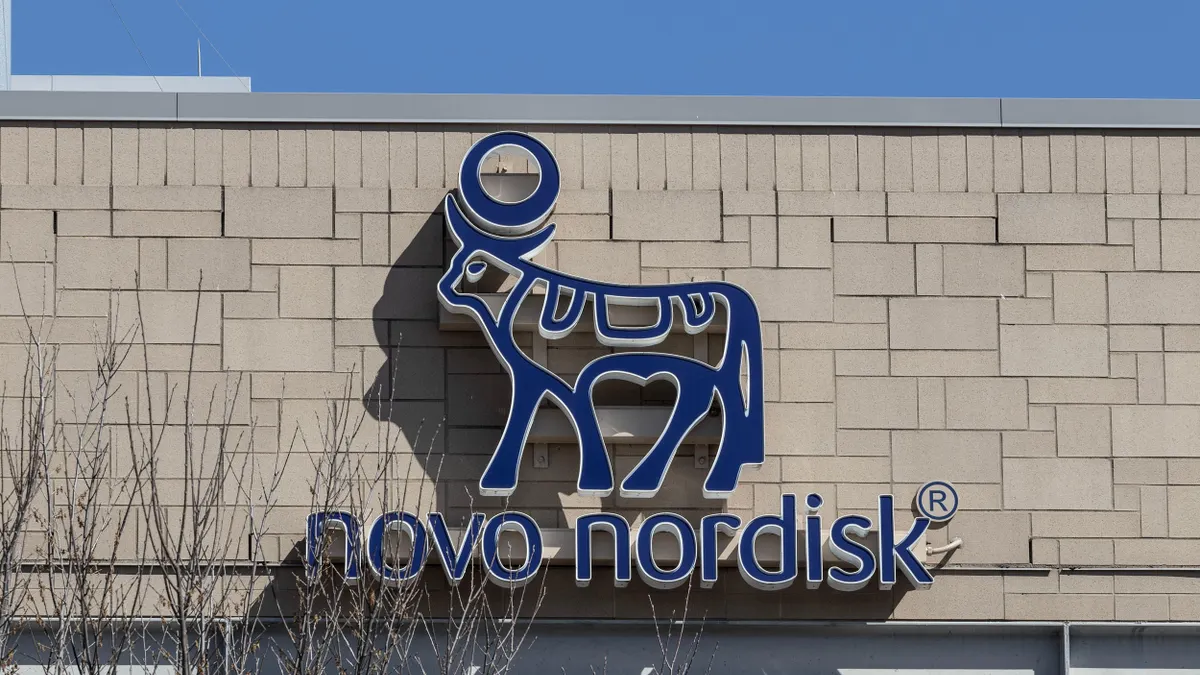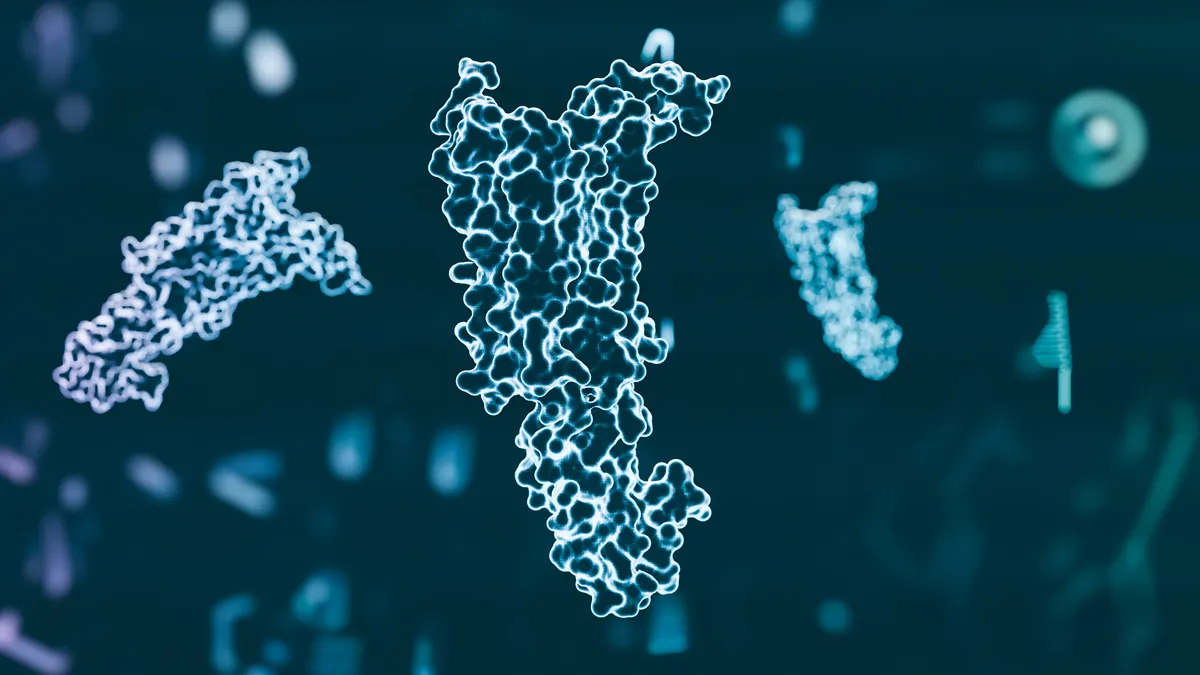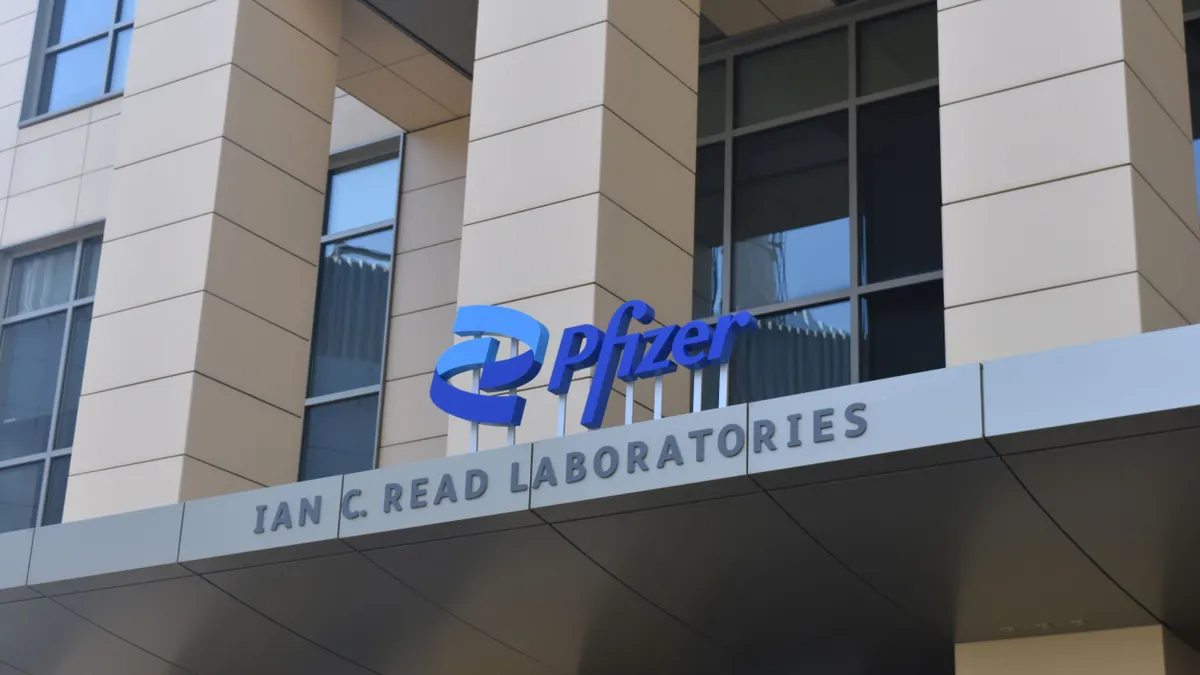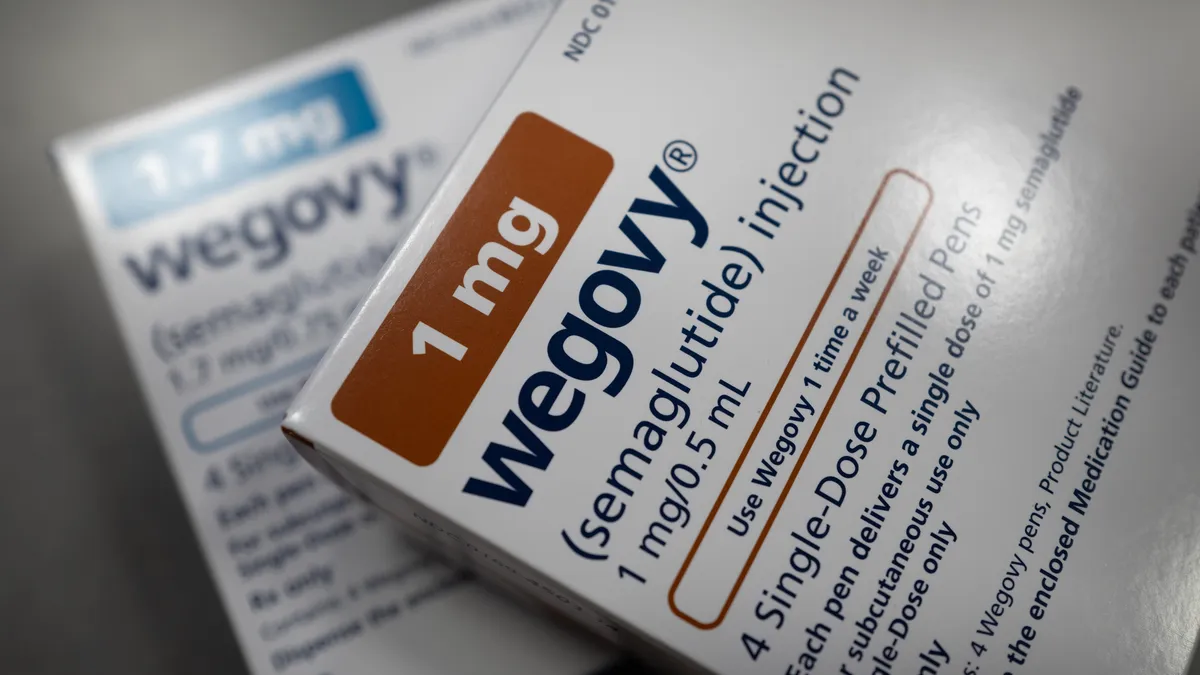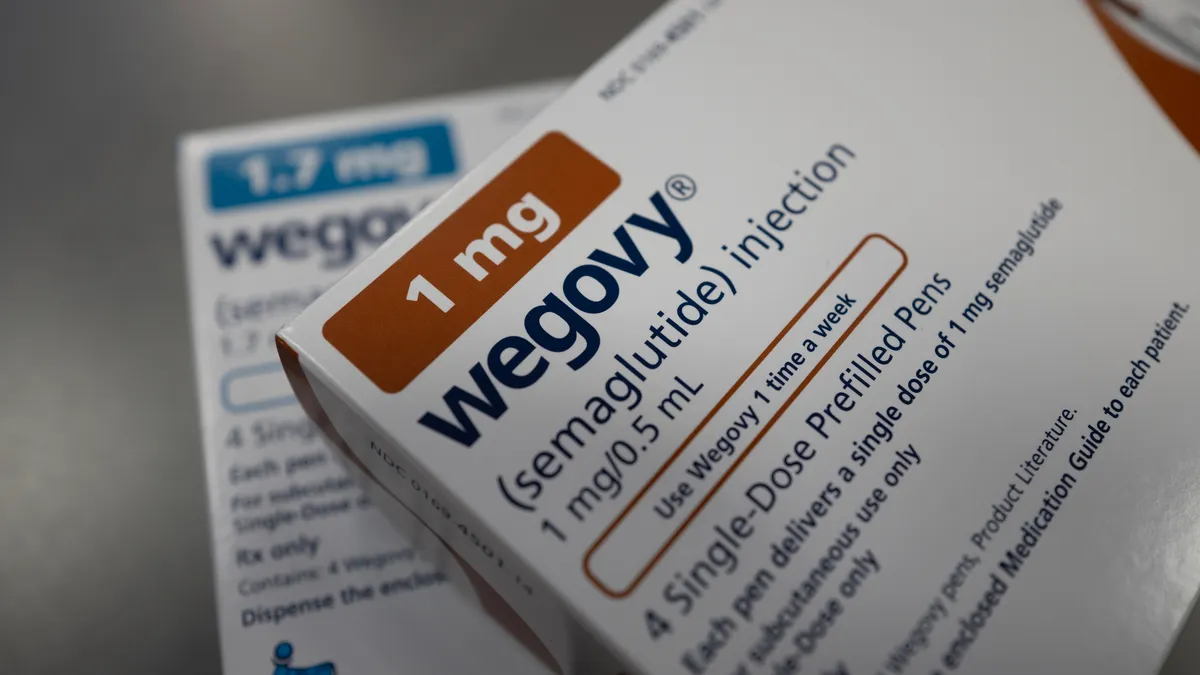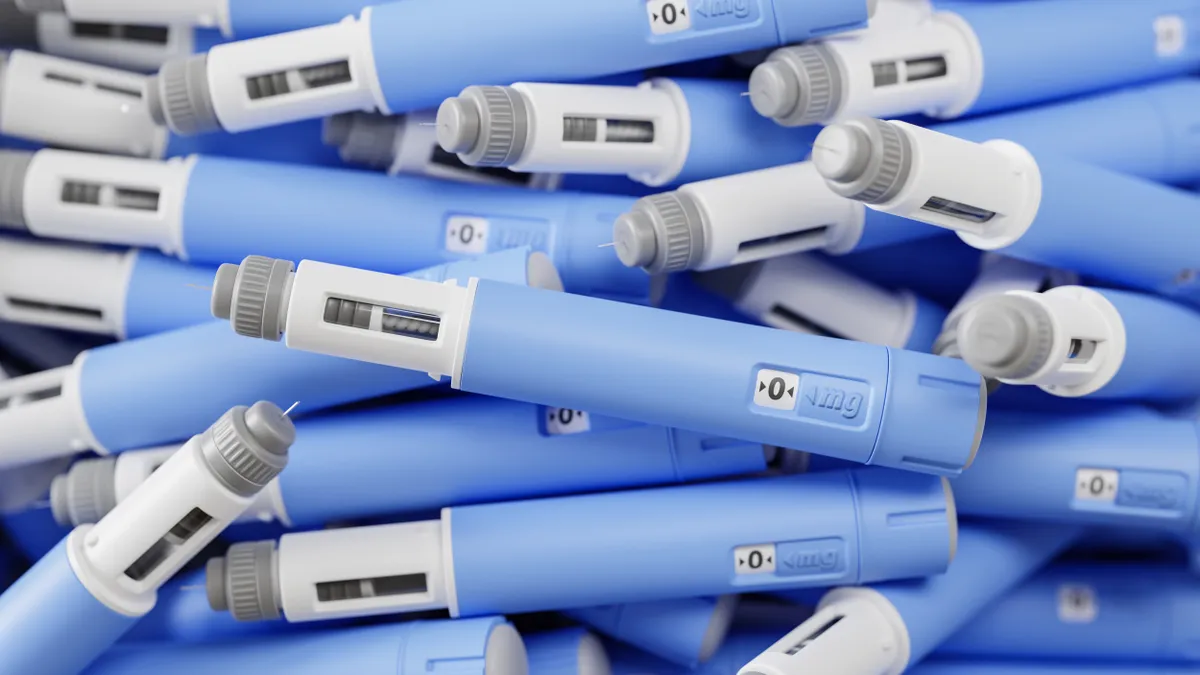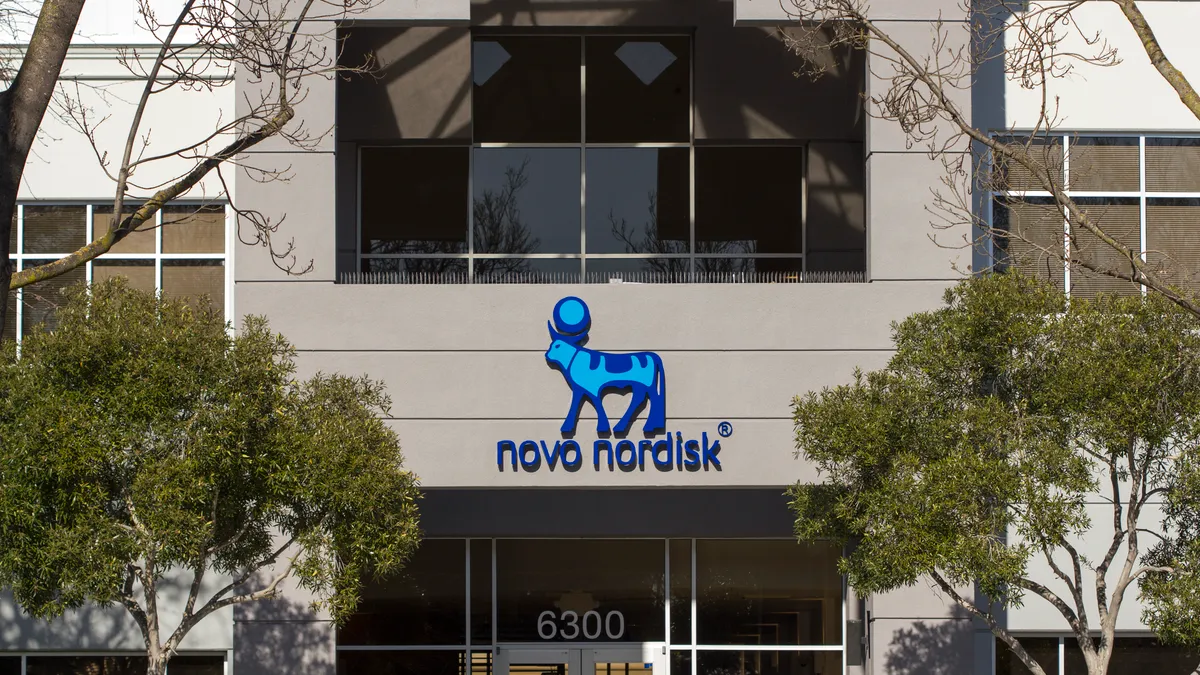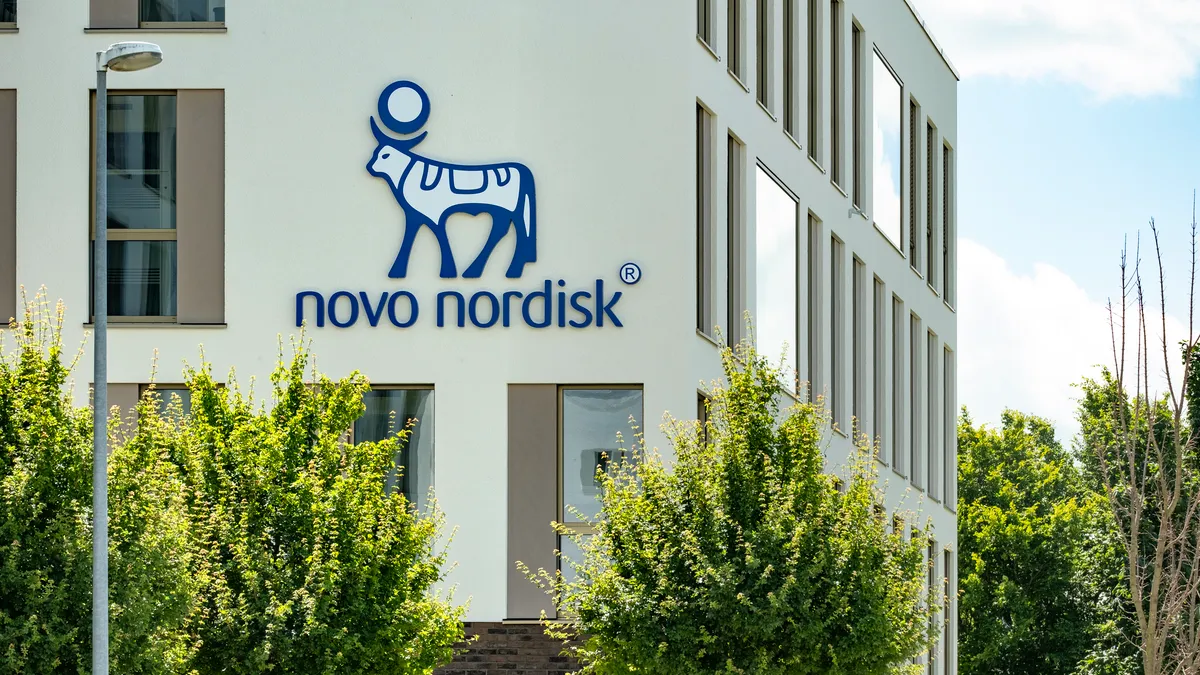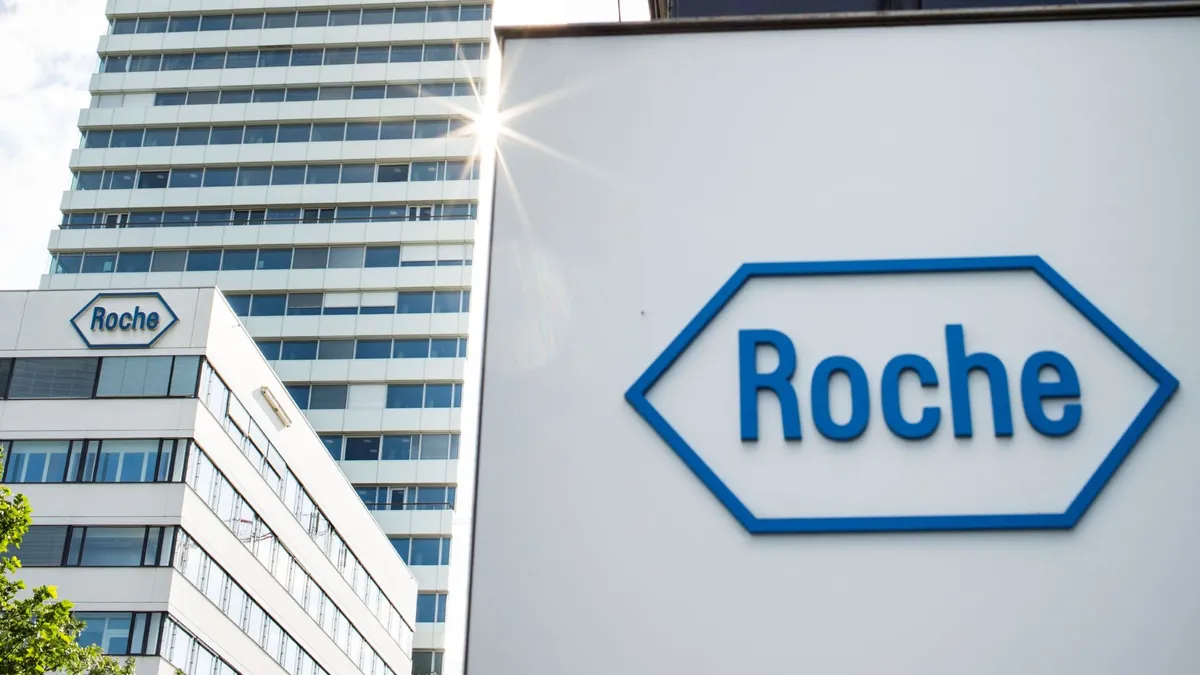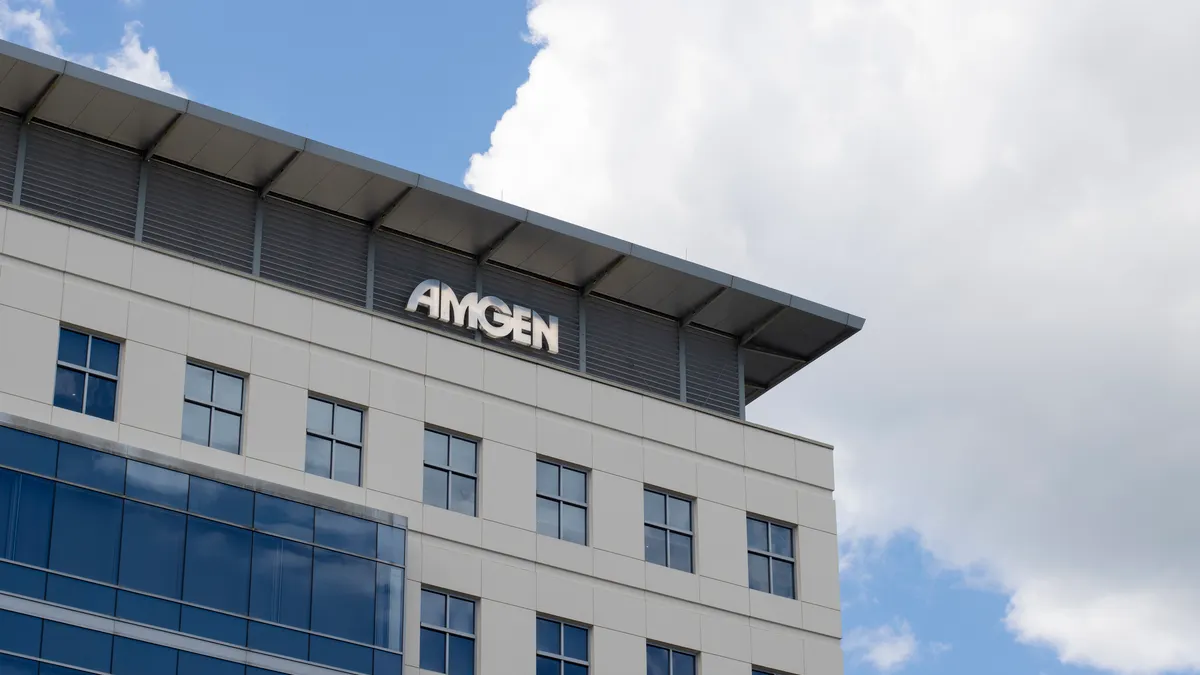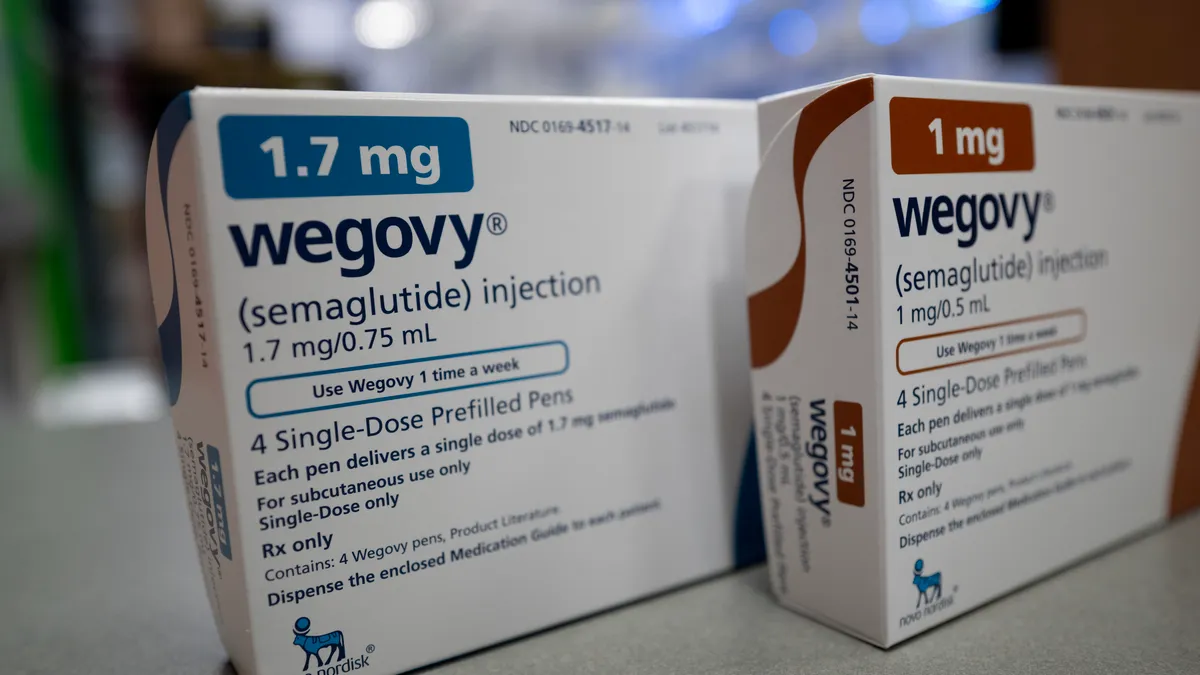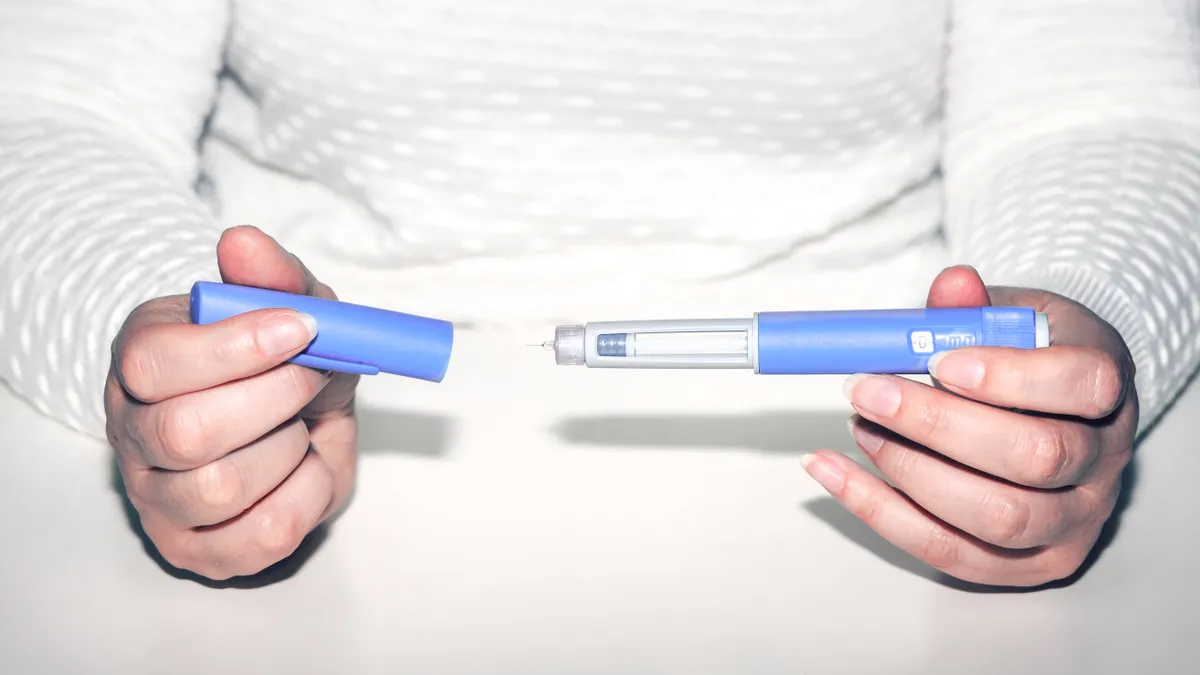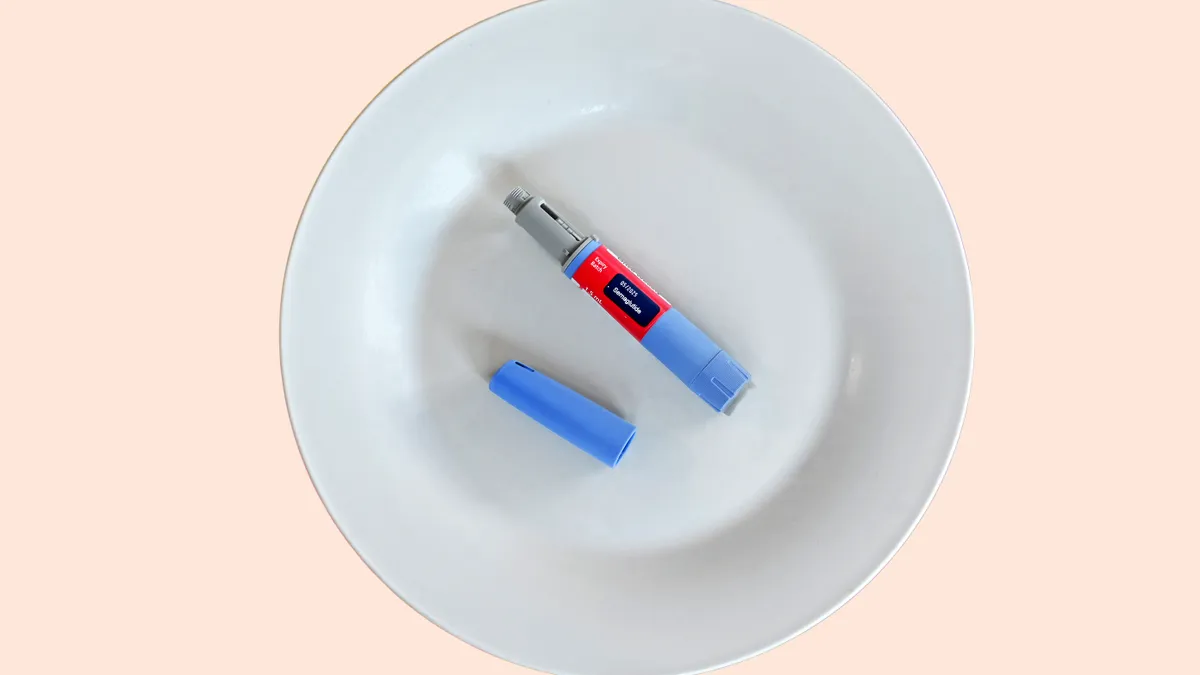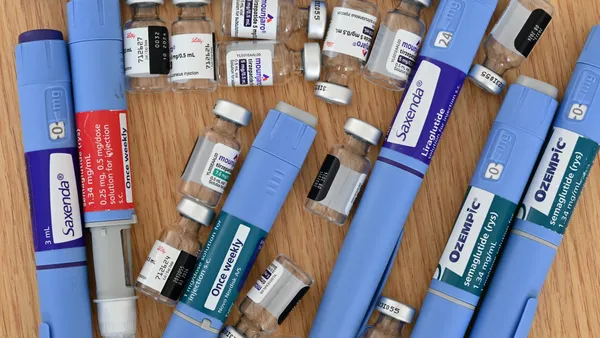Dive Brief:
- An experimental weight loss drug developed by Metsera helped people with obesity lose up to 8% of their body weight over five weeks in an early-stage clinical trial and showed signs it could be administered once monthly, the company said Monday.
- The drug, code-named MET-233i, is one of many in development aimed at the hormone amylin, a top target of obesity medicines. Metsera hopes MET-233i and others in its pipeline may stand out, however, by lasting longer than existing therapies. The company plans to test it as a single agent and alongside another one of its obesity medicines.
- Metsera is one of just six biotechnology companies to go public in 2025 and priced the sector’s largest new stock offering, raising $275 million in January. Unlike most other drug startups to go public of late, it has seen its value climb, too. Shares ticked up another 10% in early trading Monday, trading at around $30 apiece.
Dive Insight:
Novo Nordisk’s Wegovy and Eli Lilly’s Zepbound have revolutionized treatment for people with obesity, quickly spurring the type of weight loss that previously hadn’t been seen in testing of drug therapies. Now, drugmakers are looking to improve upon Wegovy and Zepbound via medicines that are more potent, convenient, or safer.
Much of companies research focuses on “incretins,” a family of gut hormones that regulate biological activity around digestion and energy levels. Wegovy works by targeting one called GLP-1, while Zepbound acts on GLP-1 and a second hormone called GIP.
Now a third target, amylin, is gaining traction. Novo reported data from an injection that combines the main ingredient in Wegovy with an amylin-targeting medicine, while Lilly has advanced an amylin therapy into Phase 2. Roche paid more than $1 billion for rights to an amylin therapy from Zealand Pharma, and AbbVie snagged one via a deal with Gubra.
Metsera is in the mix as well. The data disclosed Monday were from an early-stage study primarily evaluating the drug’s safety and biological activity, though it also included early measurements of weight loss. The company enrolled 80 people in two stages of the trial. In one stage, participants received a single injection of one of five MET-233i doses or a placebo. In the other, volunteers got a placebo or one of four weekly doses.
The highest dose, five weekly shots of 1.2 milligrams, was associated with 8% weight loss after 36 days. All eight trial volunteers in that group also experienced nausea, and many others taking the medicine had the kind of gastrointestinal side effects commonly seen with incretin-targeting therapies. Metsera, though, said those side effects were “primarily confined to the first week of dosing, implying rapid onset of tolerance.”
Metsera also said the trial indicates MET-233i’s half-life, or how long the body needs to clear half of the drug’s active substance, is 19 days, which could support monthly dosing.
In a Monday note to investors, Evercore ISI analyst Umer Raffat called the data “solid.” Still, the findings are difficult to compare to what Gubra has reported in testing, as its study was designed differently than Metsera’s, Raffat wrote.
Cantor Fitzgerald analyst Prakhar Agrawal, in a separate note, wrote that MET-233i exceeded investor expectations of 3% to 5% weight loss and appears to last longer than other amylin-targeting drugs. Monthly dosing “will be a major differentiator both as a monotherapy and as a combination,” Agrawal wrote.
Editor’s note: This story has been update to correct the number of enrollees in the trial.









